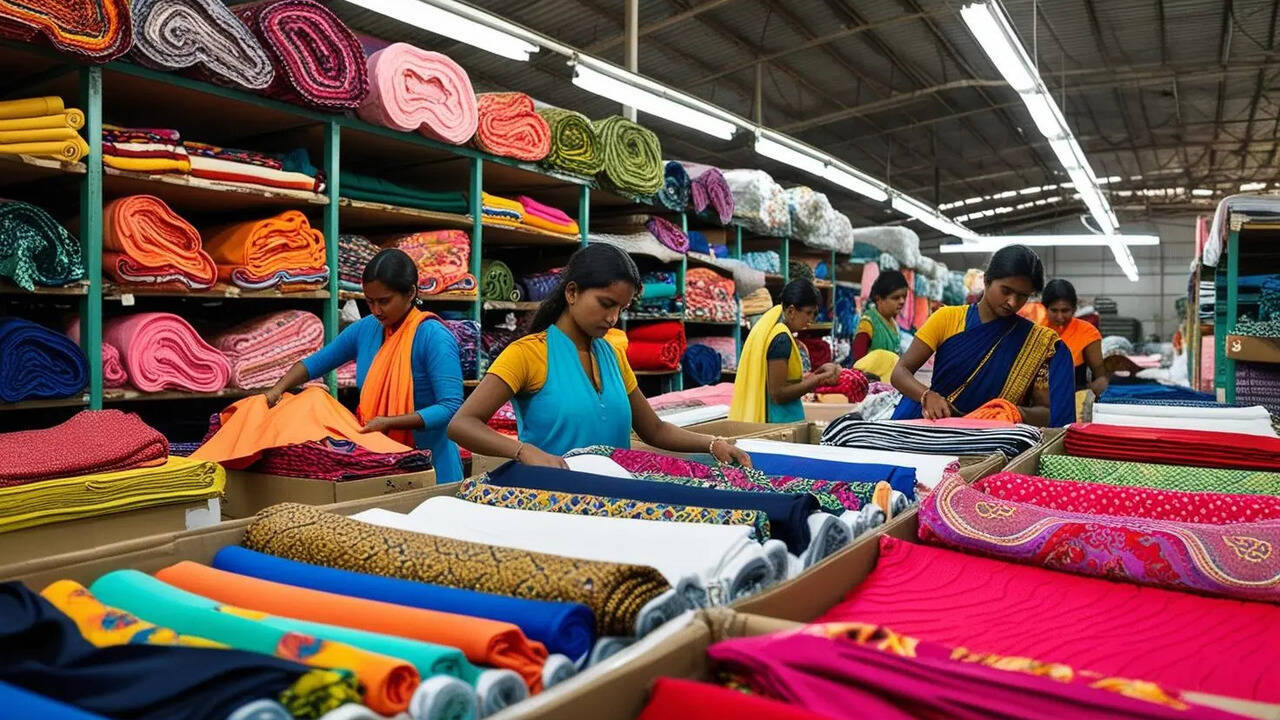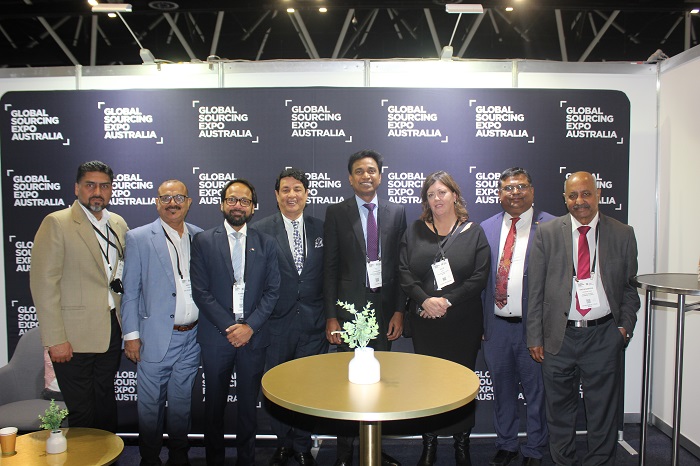
International Textile Manufactures Federation (ITMF), Zurich, which conducts a survey on cotton contamination every two years, revealed a decrease in contamination and stickiness in raw cotton in its 2022 report. The report covers 104 spinning mills across 21 countries and evaluates 78 different cotton growths. Contamination is one of the critical issues for spinners to maintain first grade yarn quality because it causes the breakages in the warping, sizing, and weaving results in tile defective packages as well as faults in the fabric thus lowering the efficiency means increased cost of production.
Additionally, farmer's income can be increased by at least 10 per cent only by controlling contamination factors. The difference of 10 to 14 per cent in prices of ‘A’ index cotton and Grade-3 cotton can be reduced and a substantial increase in cotton value can also be achieved by controlling contamination alone. Sticky cotton can reduce cotton gin output (in bales/hr) by up to 25 per cent. At the textile mill, stickiness means reduced processing efficiency, lower yarn quality, excessive wear and increased maintenance of machinery may occur even with slightly sticky cotton.
Drop in contaminated cotton supplies
The level of cottons moderately or seriously contaminated as perceived by the spinning mills from around the world decreased 25 per cent in 2019 and further 22 per cent in 2022. Almost 6 per cent of all evaluated cotton were seriously contaminated by some sort of foreign matter whereas 16 per cent were only moderately contaminated. Another 5 per cent of all processed cottons were moderately or seriously contaminated by ‘tar’ and 43 per cent were moderately or seriously contaminated by organic matter such as, leaves, feathers, paper, leather, etc. Other serious contaminants are strings made of plastic film which was 31 per cent, fabrics made of plastic film 39 per cent and, strings made of woven plastic 30 per cent.
The 10 most contaminated cotton descriptions considered for the survey originated in India, Pakistan, Afghanistan, Togo and coastal Tanzania. The 10 least contaminated raw cottons were produced in Spain, China (Anhui, Shandong), Australia, US (Memphis territory, Pima, Arizona, South-Eastern) and Mexico (Juarez).
Less stickiness in farmed cotton
The presence of sticky cotton as perceived by spinning mills has been decreasing for almost 10 years, from 23 per cent in 2013 to 12 per cent in 2022 and remains at the lowest level since 1989. The 10 descriptions that were most affected by stickiness originated in Afghanistan, the US (Pima, Arizona), Tajikistan, Cameroon, Brazil, Argentina, India , Sudan and Zimbabwe. On the other end of the range, cotton from Pakistan, China (Shandong, Anhui, Hebei), Greece, South Africa, Mozambique, the US (Memphis Territory) and Uganda were not or hardly affected by stickiness.
Seed-coat fragments still an issue
The appearance of seed-coat fragments in cotton growths remains an issue for spinners around the world. Almost 33 per cent of all cotton growth consumed contained moderate or significant amounts of seed-coat fragments The most affected by seed-coat fragments originated from Afghanistan, Pakistan, India, coastal Tanzania, Egypt, Türkiye and Togo. The 10 cotton growth with least presence of seed-coat fragments are: Sudan Cameroon, Australia, Greece, Spain, China (Shandong, Hebei, Anhui), and Mexico.
High trash content increases processing losses and lowers the quality of output of yarns. Stains in cotton adversely further affect the dyeing process. Poor quality cotton in terms of its physical properties not only raises the processing costs at the initial input and intermediate stages but also reduces the output and quality of the final textiles, yarns, fabrics and apparels.












